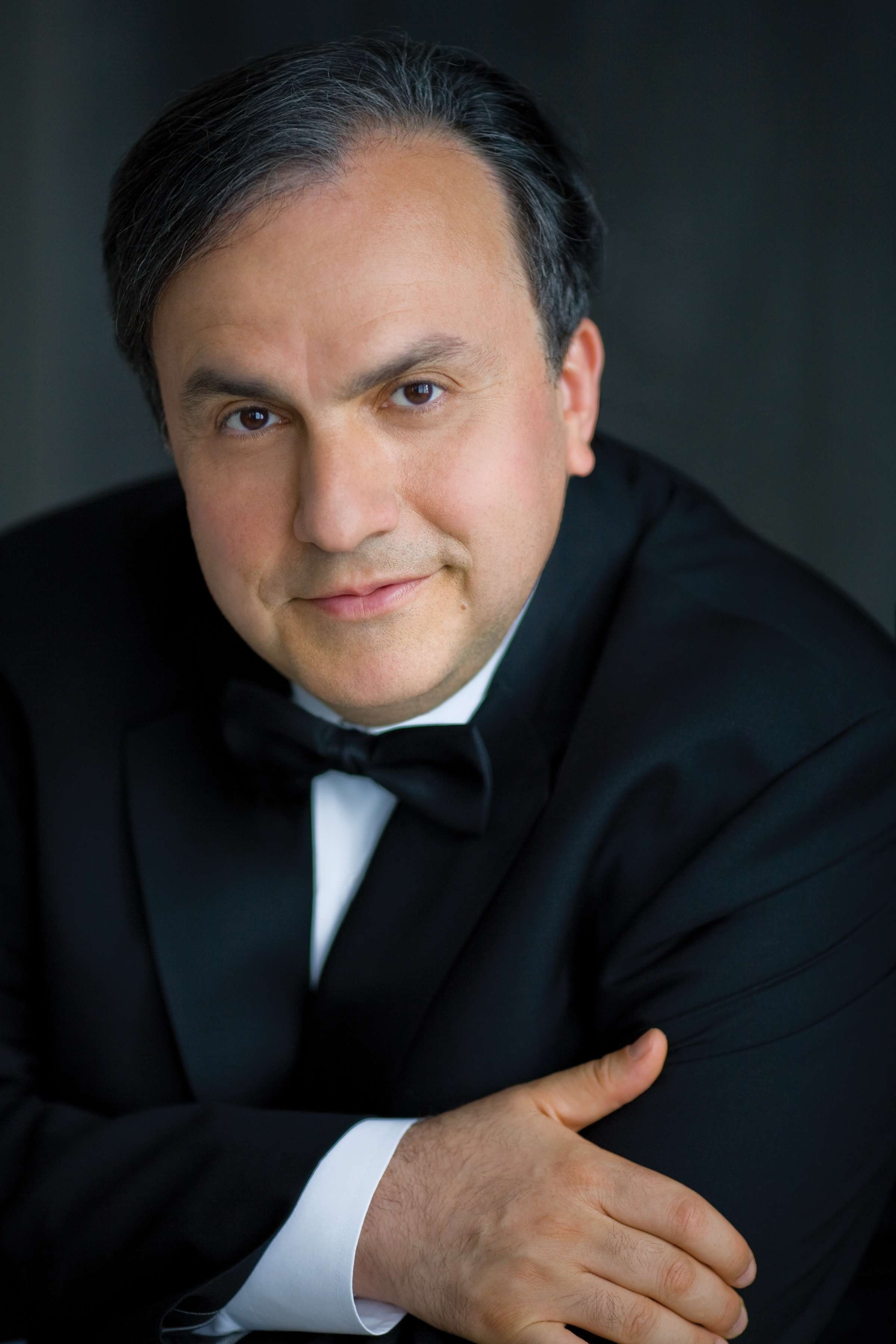|
Back
Quiet and Noisy and Successful Toronto
Roy Thomson Hall
04/27/2011 - & April 28*, 2011
Michael Colgrass: As Quiet As
Franz Liszt: Piano Concerto No. 2 in A Major
Camille Saint-Saëns: Symphony No. #3 in C Minor, opus 78
Yefim Bronfman (Piano), Patricia Krueger (Organ)
The Toronto Symphony Orchestra, Leonard Slatkin (Conductor)

Y. Bronfman (© Dario Acosta)
A piquant (and welcome) opener to this program heavy with 19th century full-bodied works was Michael Colgrass’s As Quiet As. He composed this work in 1966 after reading an article about a teacher who had asked her pupils to complete a sentence “Let’s be as quiet as...”. The 12-minute work uses the full orchestra sparingly, and has the following seven very quiet movements: I. “A leaf turning colors” - ultra pianissimo; II. “An uninhabited creek”, with tiny squeaks and ripples; III. “An ant walking”, wherein Colgrass imagines the ant’s footsteps amplified while walking on glass; IV. “Children Sleeping”: here he introduces a simple minuet composed by the 9-year-old Ludwig van Beethoven, as if played on a distant music box; V. “Time Passing“: variations on the Beethoven tune whisk us through 19th century styles and into the jazz era; VI. “A soft Rainfall”: onomatopoeic; and finally VII. “The First Star Coming Out”: pointillist sounds that swell to mezzo forte before subsiding.
The piece has a degree of enchantment that reminds one of Ravel's Ma Mère l'Oye.
The composer (born in Chicago in 1932 but a Toronto resident since 1974) was present to introduce the piece. Leonard Slatkin successfully urged quiet from the near-capacity audience, which held a nice long silence after the final notes had died away.
By the way, Michael Colgrass’s memoir, Adventures of an American Composer, is an engaging read.
A distinct contrast came with Liszt’s ebullient Second Piano concerto, expertly performed by Yefim Bronfman. Its tumultuous reception resulted in an encore: Chopin’s Revolutionary étude. (Canada was on the brink of a federal election – was Bronfman sending us a message?) This étude (dating from 1831) was dedicated by its 21-year-old composer to his 20-year-old friend. Franz Liszt.
This performance completes the TSO's mini-festival of Liszt keyboard works for the orchestra in this, the composer’s bicentennial year.
During an intermission interview in the lobby Mr. Bronfman informed us that he is touring no less than 14 concertos this year – an impressive number.
The second half of the program was occupied by the grandiose favourite, Saint-Saëns’ “Organ Symphony”. Of course it’s not entirely grandiose - the organ part varies from a quiet purr to a low growl, and eventually to the maestoso finale. Patricia Krueger, the TSO’s principal keyboardist, seems always to ccomplish the required musical ends with apparent ease and that’s what she did with this piece. As with the Liszt, Leonard Slatkin kept the dynamic structure of the work in balance.
Michael Johnson
|